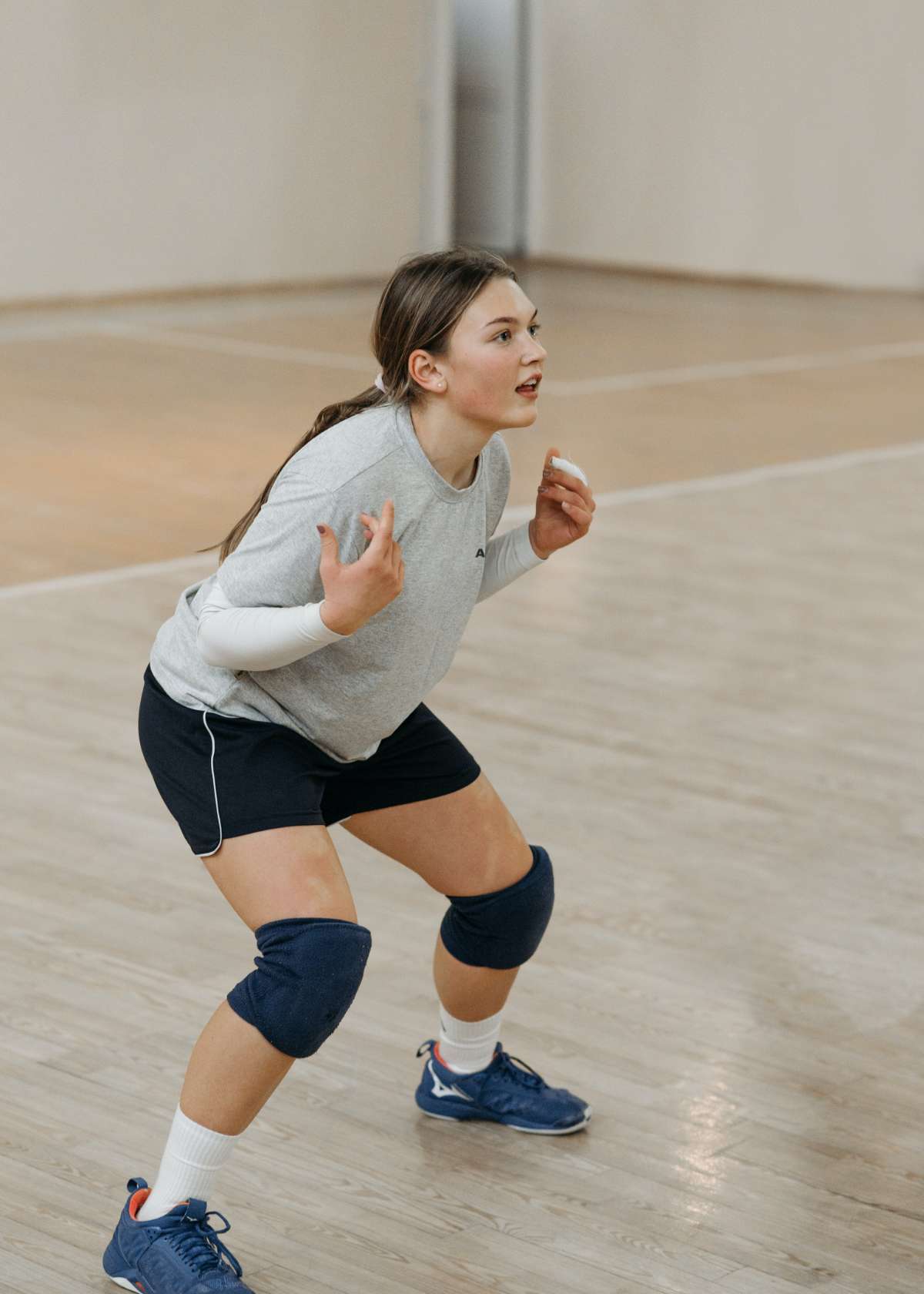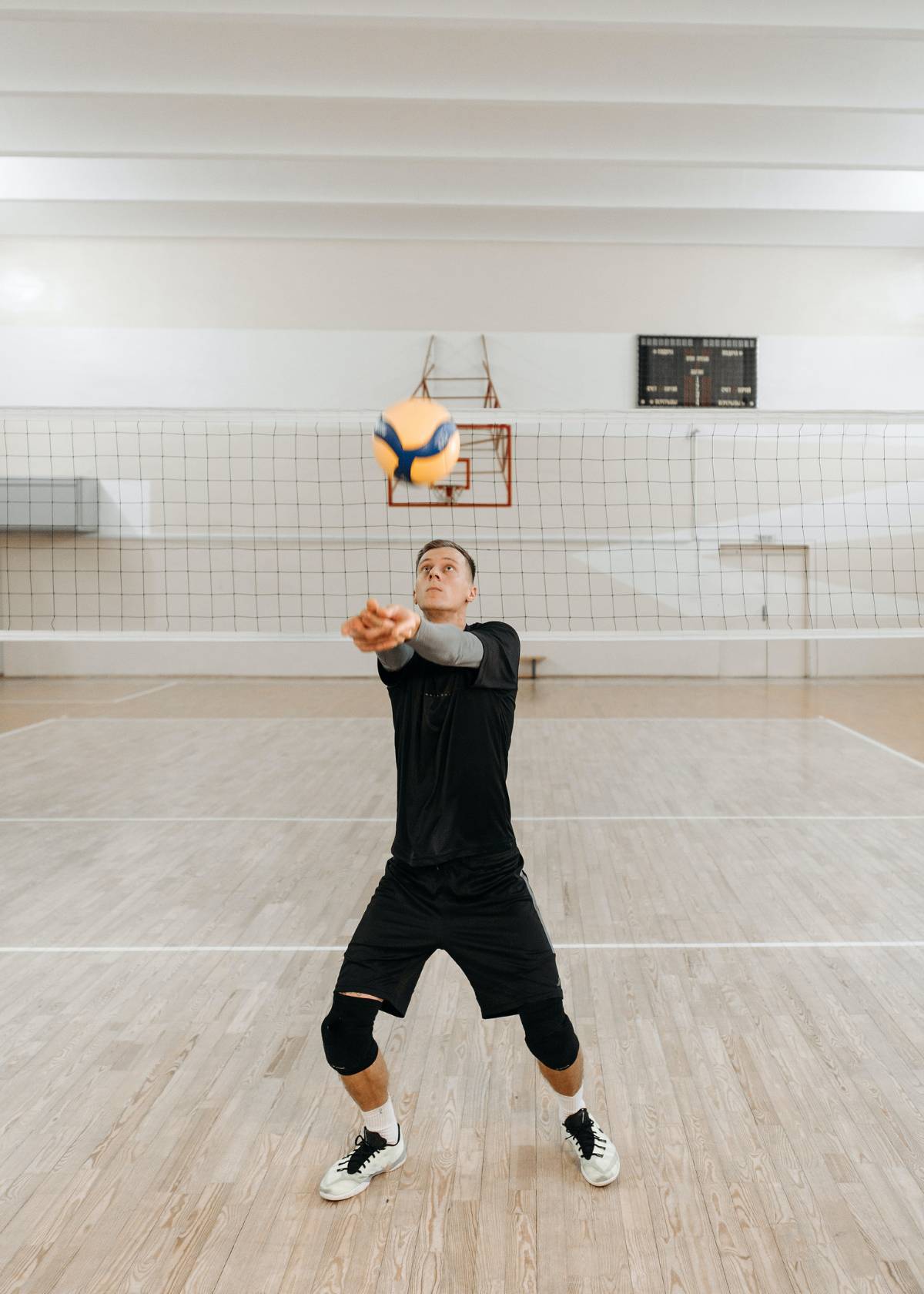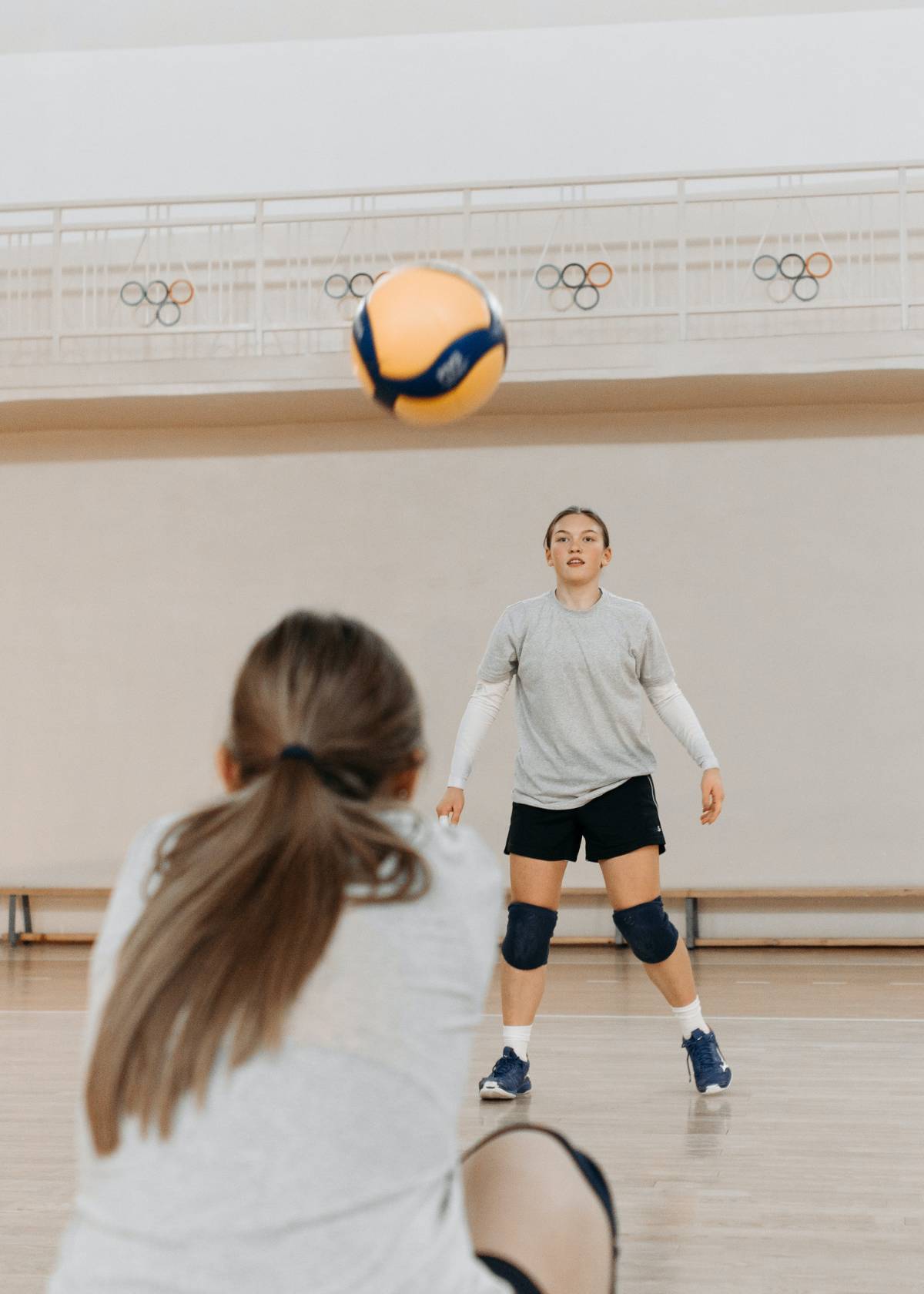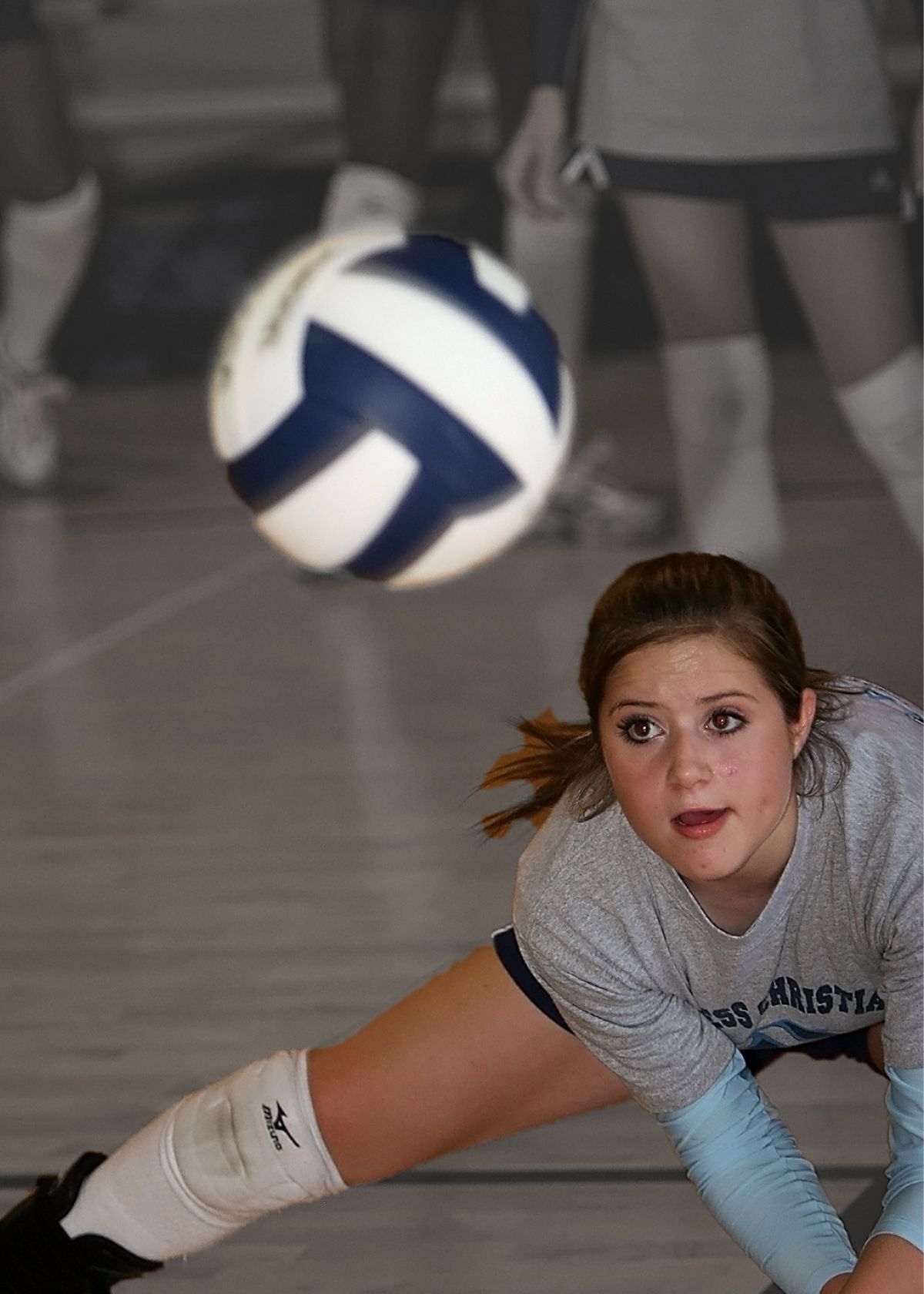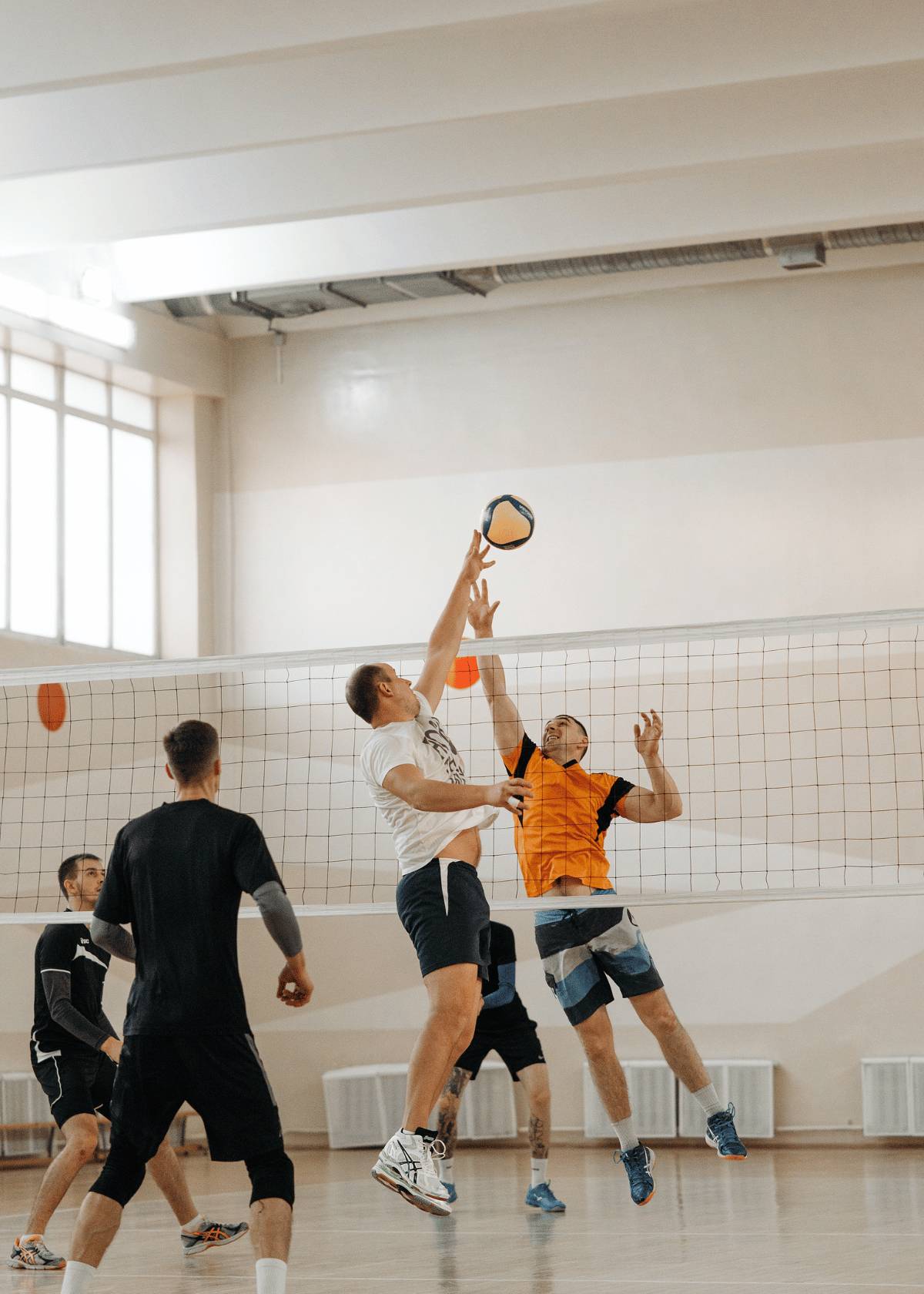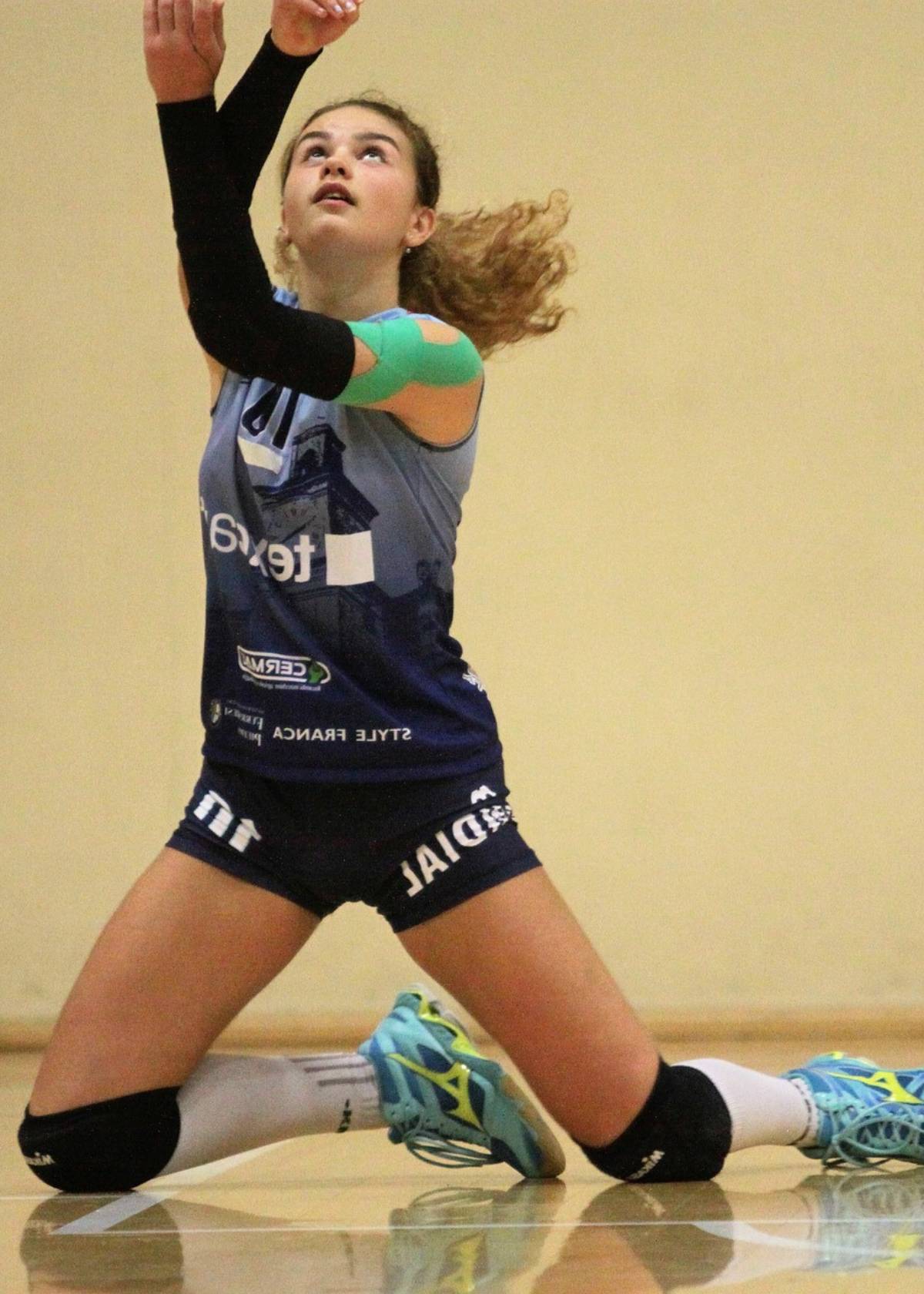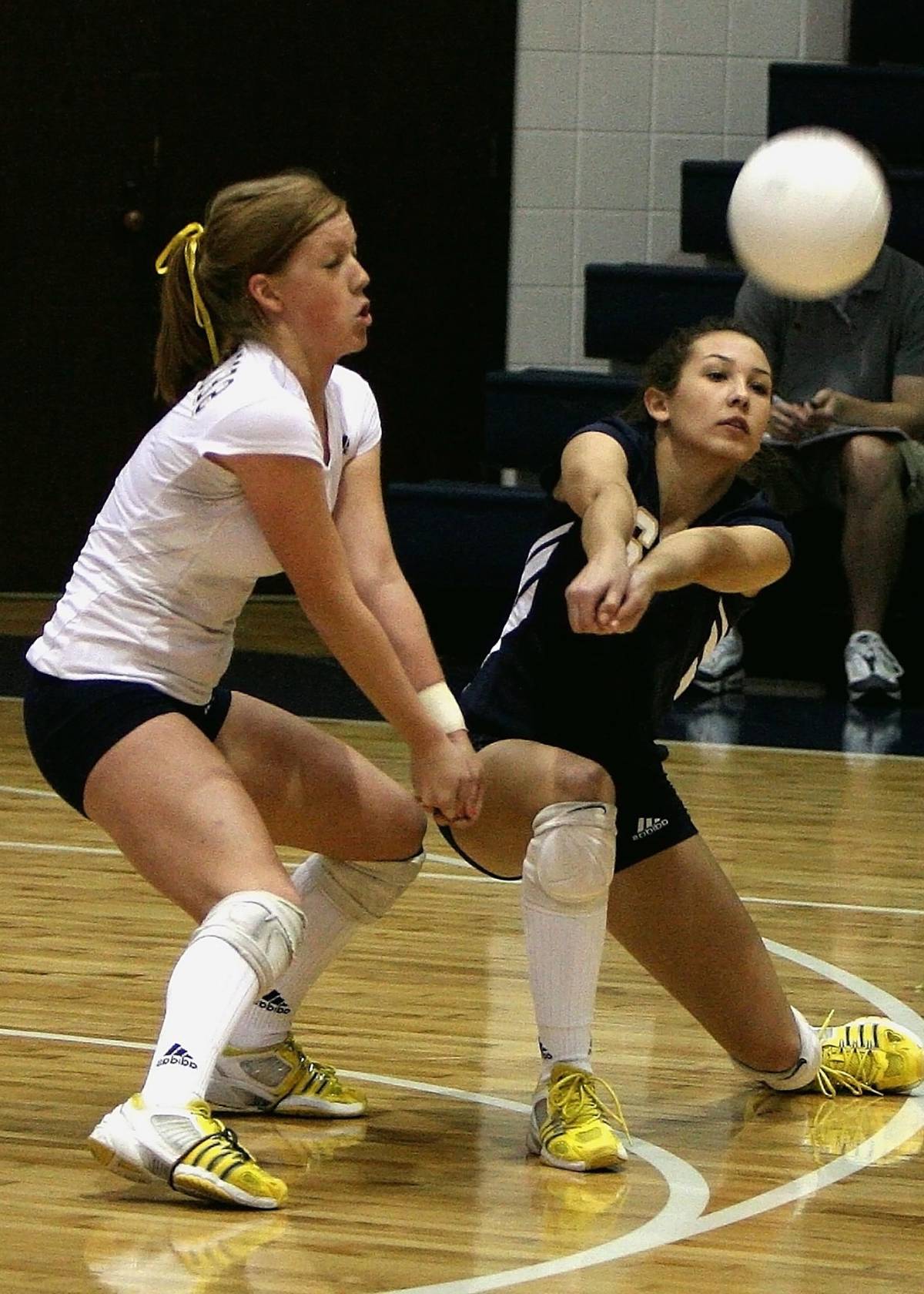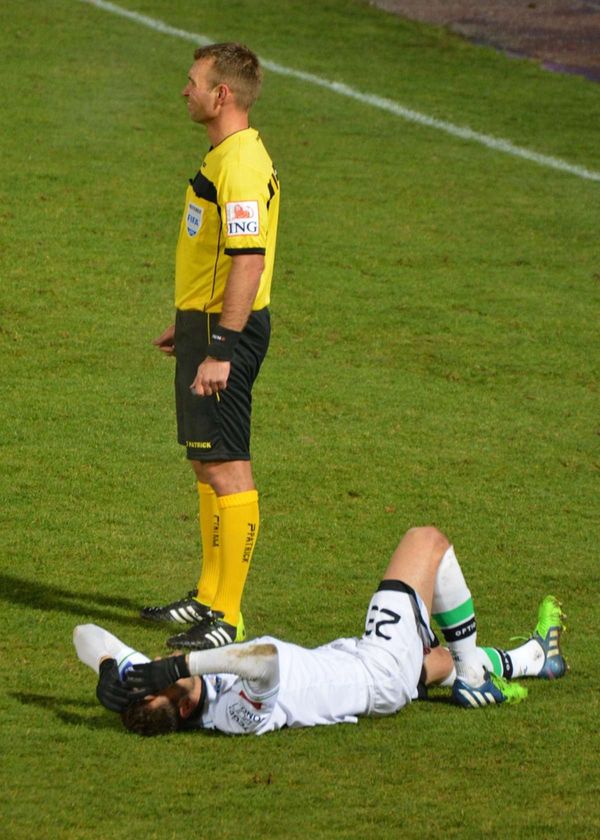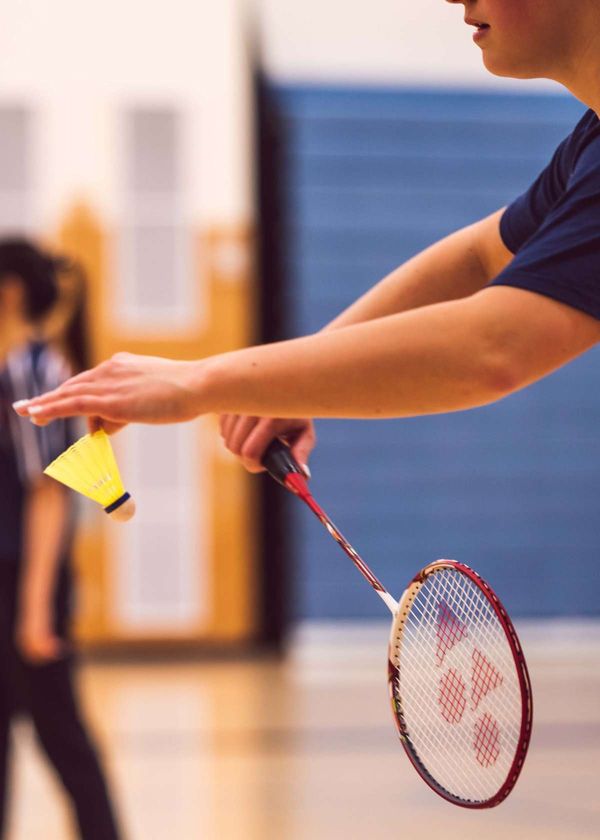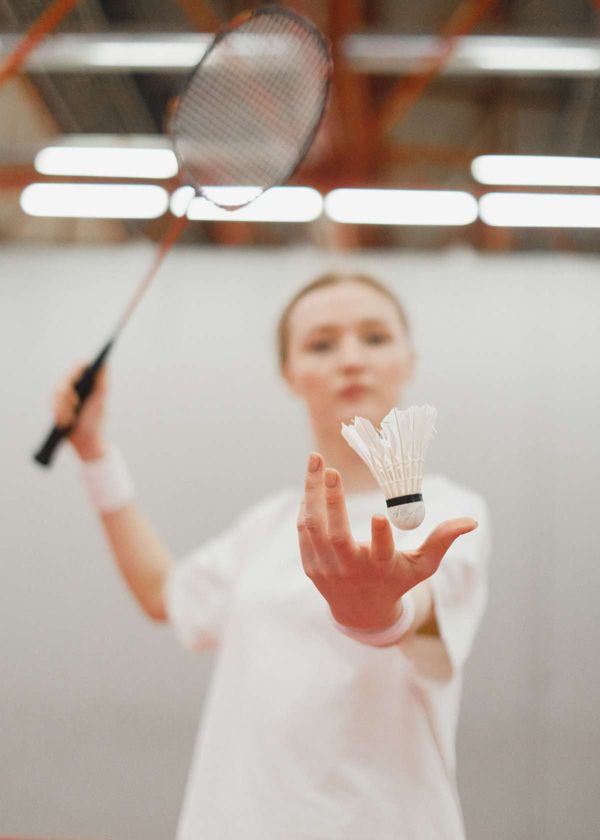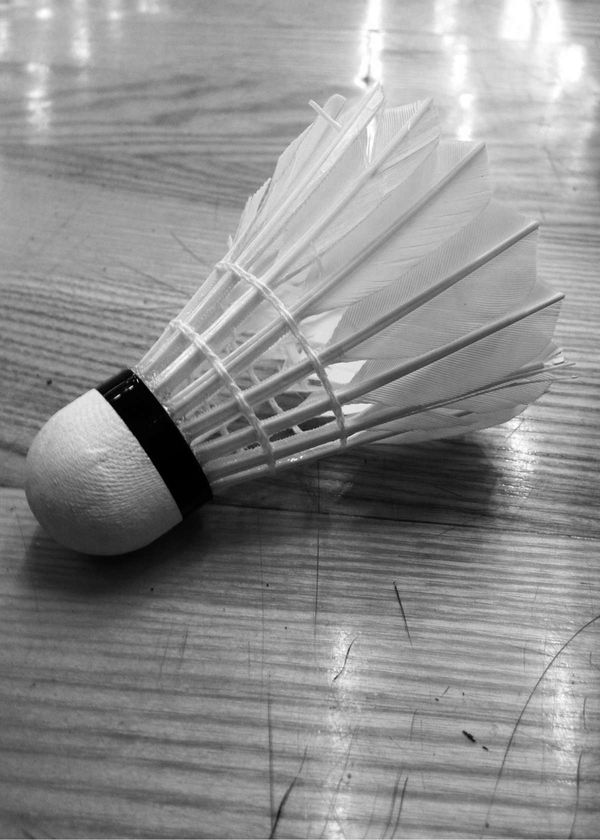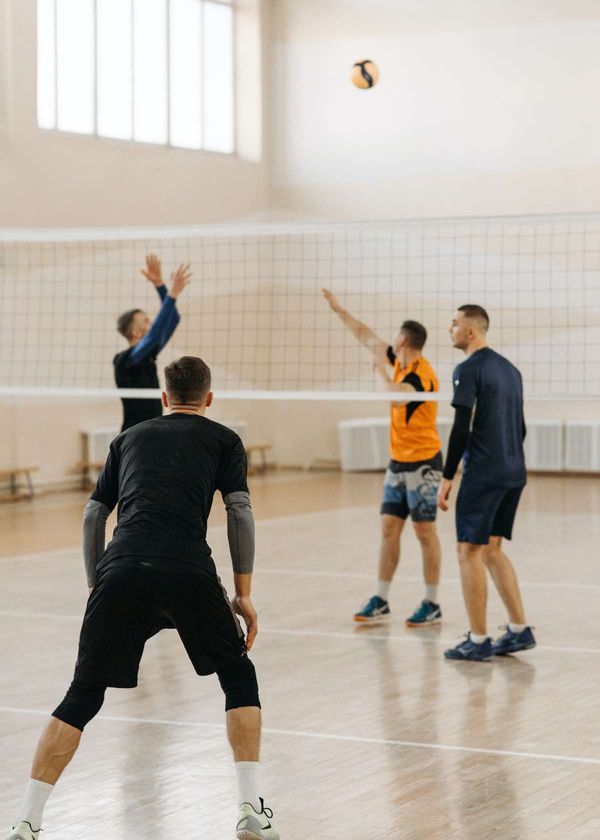Are you a new libero or interested in becoming one? The libero position is a highly specialized one in volleyball - you need to know these 5 key rules about it!
It is also important for other volleyball enthusiasts to understand the rules of the game. One of the most important positions for a team is the libero—a player who specializes in defense and must adhere to certain rules when on the court.
Here are 5 key rules about the libero position that you need to know!
The Uniform
The libero must wear a libero uniform that is easily distinguishable from their teammates. This means they must have a different color jersey or shorts than the rest of their team. This way referees can easily see when is libero replaced throughout gameplay.
Additionally, all liberos playing in NCAA games must have at least one contrast panel on their jersey. According to the rules of the International Volleyball Federation (FIVB), the libero cannot serve as the team captain or game captain.
Substitutions
A volleyball libero can only enter or leave the court during a dead ball situation and they can only be substituted for another back-row player, not a front-row player.
In order for a substitution to happen, both players must be outside of the court at the same time and notify their referee before entering or leaving. A team has unlimited substitutions for each set when it comes to their libero replacements.
The libero can only be replaced within the Libero Replacement Zone, which is a three-meter wide area at the backcourt located behind each attack line and outside of the substitution zone. The libero must leave and enter from this area when being substituted for or into any gameplay situation.
Rotation Order
Before the first serve is sent over and play begins, a libero will usually enter the court to replace one player in a team's starting lineup.
Liberos are always considered part of the back row rotation and should move with their team as such (i.e., if your team rotates clockwise around the court, so should your libero).
The only exception to this rule is if a front-row player was substituted out for a back-row player during a point, in which case they would move with that setter around the court until they were subbed out again.
Blocking & Spiking
Liberos are not allowed to block or spike during play; however, they may hit overhand (set) if necessary in case of an emergency situation like an errant pass or dig attempt by another teammate.
To complete an attack hit, liberos must be behind their own attack line so they can make it into the front court — but they aren't allowed to cross over any imaginary plane that extends upward from the top of the net. That means they can't reach high and spike down on the other side of the net!
Serving
The libero, whose sole purpose is defensive play, is not allowed to serve in most competitive leagues. Despite this ruling, there are exceptions. According to the official USAV regulations, a libero can enter a game as a replacement for any position player and then serve in the following rotation.
Conclusion
Volleyball is no doubt one of the most exciting sports out there - but it’s also governed by some pretty complex rules and regulations designed to keep competition fair and balanced between teams.
Whether you’re new to volleyball or have been playing for years, understanding these five key libero volleyball rules is essential for success on and off the court!
Knowing these five key libero rules will help ensure you’re playing by all of them, so you can focus on perfecting your skills and strategies instead! Good luck!
Check out our other volleyball and sports & fitness blog posts!

